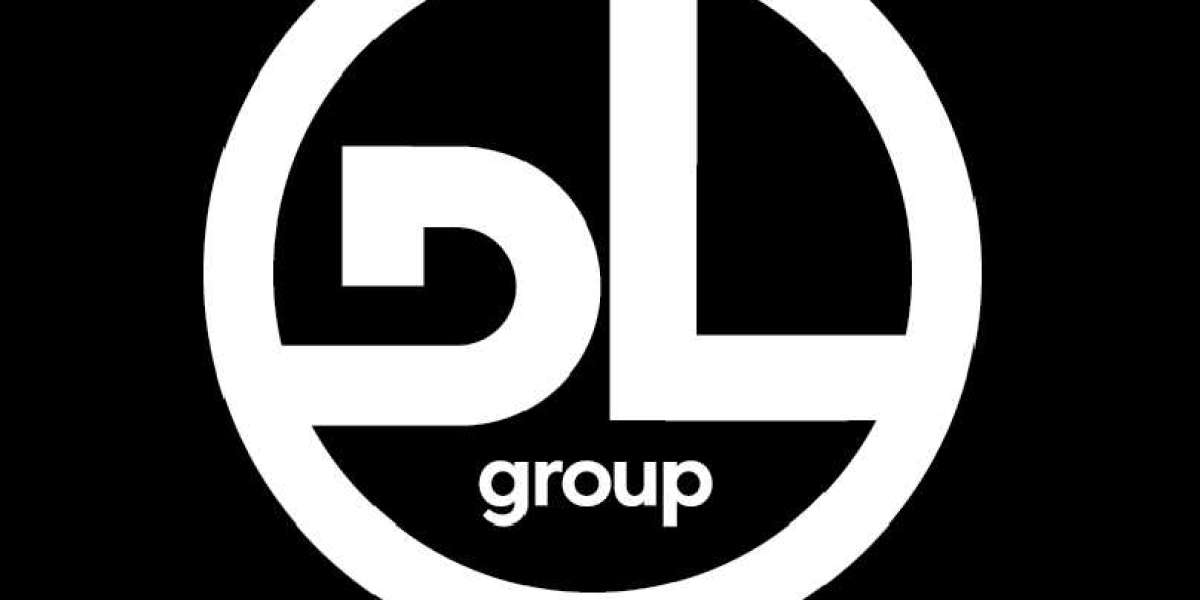Securing financial backing is a critical step for small business owners looking to navigate the complexities of international trade. In the realm of trade funding, where risks and opportunities abound, understanding the nuances of secured small business loans is paramount. This comprehensive guide is tailored to entrepreneurs seeking a robust understanding of the application process, collateral considerations, and the intricacies associated with securing small business loans for trade funding.
1. Understanding Secured Small Business Loans:
Secured loans, a prevalent financing option in trade funding, involve providing collateral to mitigate the lender's risk. Collateral can be tangible assets like inventory, equipment, or even real estate. The security offered by collateral often translates to more favorable terms for the borrower, such as lower interest rates and longer repayment periods.
2. Identifying the Need for Trade Funding:
Before delving into the loan application process, entrepreneurs must meticulously assess their trade-related funding needs. Whether it's expanding operations, fulfilling a large order, or navigating the cash flow challenges associated with international trade, a clear understanding of the funding purpose is essential.
3. Crafting a Comprehensive Business Plan:
Lenders are more likely to approve secured loans when presented with a well-structured and comprehensive business plan. This plan should articulate your business's goals, strategies for navigating the complexities of international trade, market analysis, and detailed financial projections. Clearly outlining how the loan will be utilized to enhance trade activities enhances the appeal of your application.
4. Collateral Considerations in Trade Funding:
In the context of trade funding, collateral can take diverse forms. It may involve using current inventory, accounts receivable, or even the trade goods themselves as security. Entrepreneurs should carefully assess the assets they are willing to pledge, understanding that the value and type of collateral can influence the terms of the loan.
5. Assessing Loan Amounts and Repayment Terms:
Carefully evaluate the amount of funding required and the repayment terms that align with your business's cash flow. Secured loans often provide the advantage of lower interest rates, but the entrepreneur must ensure that the repayment schedule is realistic and sustainable for the business.
6. Choosing the Right Lender:
Selecting the appropriate lender is a crucial decision in the secured loan application process. Research and evaluate financial institutions, considering their experience in trade funding, interest rates, and flexibility in terms. Both traditional banks and alternative lenders may have tailored solutions for businesses engaged in international trade.
7. Assembling a Comprehensive Documentation Package:
Prepare a thorough documentation package that includes financial statements, tax returns, business licenses, and a detailed inventory of collateral. A well-organized and complete set of documents not only expedites the application process but also instills confidence in lenders regarding the viability of your business and its trade activities.
8. Demonstrating the Viability of Trade Activities:
Lenders want assurance that the funds borrowed will contribute to the success of your trade endeavors. Clearly articulate how the loan will positively impact your international trade operations, potentially leading to increased revenue, market share, or enhanced efficiency.
9. Collateral Valuation and Appraisal:
Engage professionals to assess and appraise the value of the collateral being offered. Accurate valuation is crucial for both parties, ensuring that the lender has adequate security and the borrower is not undervaluing their assets.
10. Ongoing Communication and Transparency:
Maintain open and transparent communication with your lender throughout the process. Discuss any challenges or opportunities in your trade activities, fostering a collaborative relationship and potentially influencing more favorable loan terms.
Navigating the secured small business loan application process for trade funding requires careful planning, attention to detail, and effective communication. By following this comprehensive guide, entrepreneurs can position their businesses to not only secure the necessary funding but also thrive in the dynamic landscape of international trade.





